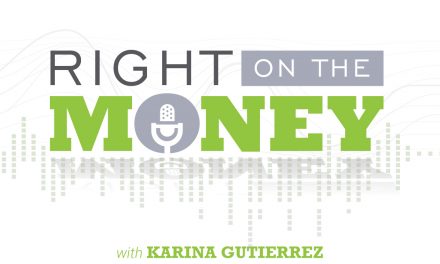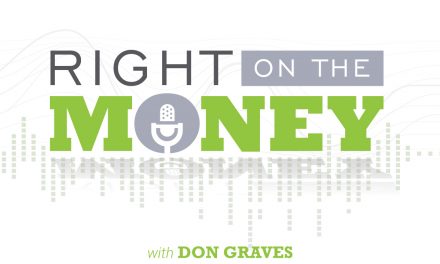Living Longer Is Affecting the Price of Mortality Products
The Guinness Book of World Records’ oldest person, Susan M. Jones, died May 12 at the age of 116. Susan was a super-centenarian teenager and a tri-centurion, being born in 1899. But the Guinness Book of World Records all time oldest person who ever lived is still French citizen Jeanne Calment who died August 4, 1997, at 122 years, 164 days. The mortality revolution is extending life expectancy to new frontiers. As Star Trek’s Mr. Spock was fond of saying, “Live long and prosper.”
One of the most endearing special features of TV weatherman Willard Scott was his celebration of Americans turning age 100 and their faces inserted on the label of the Smuckers Jar. Some gerontologists contend the person who will live to age 150 has already been born. The mortality revolution is not just celebrating the achievement of human longevity, but the impact it’s having on products, planning and geriatric lifestyle, both good and bad.
First the bad: Longevity is the number-one retirement risk. No other risk in retirement can compound all the other retirement risks than living longer. So longevity is also a risk multiplier in retirement. Will our money last as long as we do? Will we need greater elder care than previous generations? Living longer has some appeal, but what will our quality of life be in our 90s and those who live beyond age 100? Will medical science, cosmetic surgery and “convenience” inventions change our understanding of senior living, so it can be a life worth living?
On the product front, lifetime longevity annuities like single premium immediate annuities and deferred income annuities have recently been re-priced to reflect the reduction of mortality credits, reducing their payout rates. Not a good thing. But with the average American living longer and overall death claims down, life insurance premiums continue to drop.
Consider the changes in pricing for survivorship life insurance, where two lives are on one contract and the death claim is paid after the second death. In 1990, a healthy non-smoking couple both age 65 paid a guaranteed premium of $25,000 to age 100 for a $1,000,000 of coverage. In 2016, that guaranteed premium is below $10,000. Today, term life insurance is so cheap; a female super preferred non-smoker’s annual premium for $100,000 of term coverage for 10 years is $100. Watch the interview with popular platform speaker, asset management and life insurance specialist Rob Hagg as he discusses the impact of the mortality revolution on life insurance pricing.
The mortality revolution hasn’t quite caught up to the all-time record set by Methuselah at 969 years as recorded in the Book of Genesis thousands of years ago. But in the 24th century, Commander Data escorts the aged Admiral Leonard McCoy on to Enterprise at age 137 years. That does seem very likely in 200 years.
Nationally syndicated financial columnist Steve Savant interviews with popular platform speaker, asset management expert and life insurance specialist Robb Hagg. Right on the Money is a weekly one-hour online broadcast for TV and radio distribution. The show contains five ten-minute segments that are redistributed online as individual video press releases.




